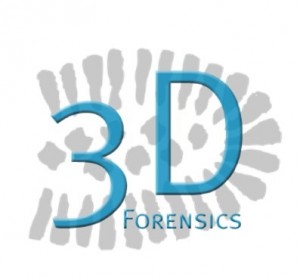Mobile high-resolution 3D-Scanner and 3D data analysis for forensic evidence
Brief Summary:
3D-Forensics developed a prototype mobile high-resolution 3D-scanner and 3D data analysis software for forensic evidence to record and analyse footwear and tyre impressions as well as profiles left at crime scenes in 3D and colour with optical scanning technology. The scanner is designed as a handheld device which can be used outdoors with battery power. The scans provide highly resolved 3D point clouds and colour images are taken simultaneously with an attachable high resolution camera. The colour images are mapped onto the 3D point cloud. The integrated 3D measurement and colour data can then be analysed with a set of software tools to investigate characteristics of the footwear and tyre impressions. The software has been designed to allow an analysis of the new 3D data in a way in which forensic experts are used to working with traditional techniques. The raw data is never changed and all analysis steps can be undone so analysis can be undertaken by multiple experts. A workflow and methods have been implemented to ensure the integrity of the data.
>>View website
>>Download flyer
>> View European Commission website with details of project
Project details:
Framework Programme 7 Security
SP1-Cooperation-312307
1 May 2013 – 31 August 2015
Budget: 1.770.435,00 EUR
Publications:
S. Crabbe, P. Kuehmstedt, R. Ramm, A. Hendrix, P. Smolders, W. van Spanje, B. Hesselink, G. M. Vassena, M. Sgrenzaroli, M. Lucas and M. Oberholzer; Results from 3D-Forensics – Mobile high-resolution 3D-Scanner and 3D data analysis for forensic evidence, 10th Future Security, Security Research Conference Proceedings, J. Beyerer, A. Meissner, J. Geisler (Eds.), (ISBN 978-3-8396-0908-8), p. 113-120, Berlin, 2015.
S. Crabbe, P. Kuehmstedt, G. M. Vassena, W. van Spanje and A. Hendrix; 3D-Forensics Mobile high-resolution 3D-Scanner and 3D data analysis for forensic evidence, 9th Future Security, Security Research Conference Proceedings; K. Thoma, I. Haering, T. Leismann (Eds.), (ISBN 978-3-8396-0778-7), p. 215-222, Berlin, 2014.

